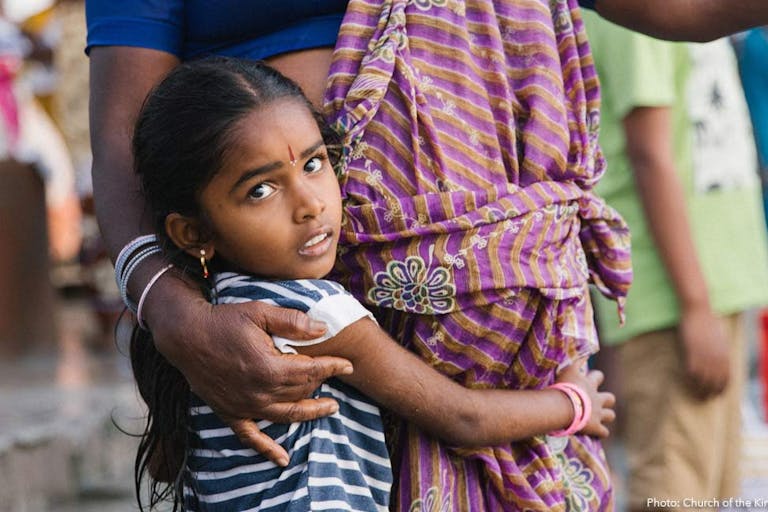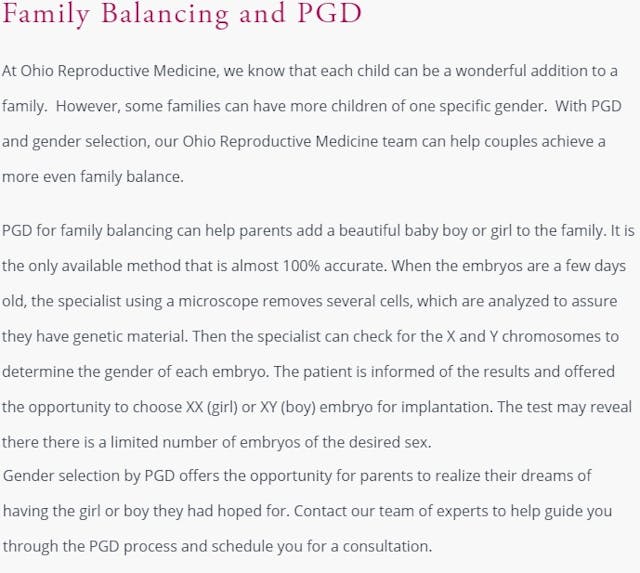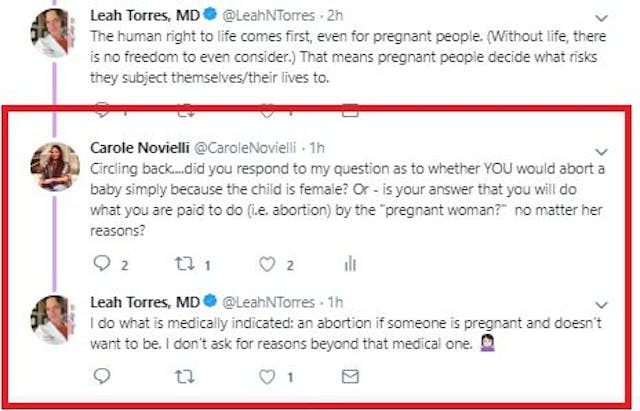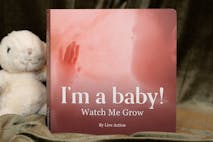
Human Rights
VICTORY: Spain criminal court acquits 21 pro-life prayer vigil participants
Angeline Tan
·
Human Rights·By Carole Novielli
Discrimination against women is still tolerated in sex-selective abortion
Sex-selective abortion is tragically ending the lives of millions of females across the globe, an important fact to bring to light as we celebrate International Women’s Day. The UNFPA estimates that “126 million women and girls were missing in 2010 due to gender-biased sex selection, which can include, for example, excess female mortality and prenatal sex selection.” In 2016, Anna Higgins, Esq., Associate Scholar with Charlotte Lozier Institute, estimated that figure to actually be “in excess of 160 million, with sex-selective abortion playing a major role.”
Research conducted by the Population Research Institute (PRI) estimated that approximately 24 million abortions for reasons of sex-selection occurred globally between 2000 and 2014. “Our figure of 24 million only refers to girls who were aborted because of their gender. It does not include abortions of females motivated by economic pressure, a conception from rape, incest, or any other factor other than the infant’s gender,” PRI states on their website.
What about the United States?
Abortions in the United States are committed for any reason, including for reasons of sex selection. Despite claiming to be for “women’s rights,” the abortion industry refuses to support banning sex-selective abortions, in legislation known as PRENDA. Live Action’s own undercover investigations into American abortion facilities found that sex-selective abortion is easy to obtain. Below is an example from a Planned Parenthood facility in Austin, Texas:

Anna Higgins, with the Lozier Institute told Live Action News that because of inadequate abortion reporting requirements, “we are unable to get a complete picture of the extent of the sex-selective abortion problem.” Live Action News has documented how few states require abortion providers to report “reasons” the abortion was obtained.
According to Higgins, there is reason to believe sex-selective abortions take place. “Companies are now advertising services for preimplantation genetic diagnosis [PGD] for the purposes of sex-selection, which is called ‘family balancing.’” Clinics and companies even advertise blood tests as early as 7 to 10 weeks gestation so that if the baby is the “wrong” sex, he or she can be aborted in the first trimester. Higgins points out that currently there are no prohibitions on technology for the purpose of sex selection, which can easily be used to discriminate against either sex.
Ohio Reproductive Medicine’s website claims PGD “offers benefits” in “gender balancing” cases, saying, “[S]ome families can have more children of one specific gender. With PGD and gender selection, our… team can help couples achieve a more even family balance.” After ORM identifies the gender, “The patient is… offered the opportunity to choose XX (girl) or XY (boy) embryo for implantation….”

Higgins warns that sex-selection may not be obvious in certain populations until the third birth.
“The overall boy-girl sex ratio of Caucasian-Americans is 1.05 in comparison to Asian-Americans at 1.03 – both within normal range. Thus, some opponents of sex-selection bans claim that sex-selection is not a problem in the U.S. among Asian communities because the overall ratio is normal,” said Higgins. “Their macro analysis misses the point (of the Almond/Edlund study) – that son-preference is clearly evident in these communities, but that it manifests itself in third births.”
Article continues below
Dear Reader,
In 2026, Live Action is heading straight where the battle is fiercest: college campuses.
We have a bold initiative to establish 100 Live Action campus chapters within the next year, and your partnership will make it a success!
Your support today will help train and equip young leaders, bring Live Action’s educational content into academic environments, host on-campus events and debates, and empower students to challenge the pro-abortion status quo with truth and compassion.
Invest in pro-life grassroots outreach and cultural formation with your DOUBLED year-end gift!
READ: History of sex-selection abortion and its impact today
“Such opposition implies that we should make it our policy to confront sex discrimination on principle only when it affects a certain threshold number of people. The implications of this stance are that, as a nation, we should be concerned with prenatal sex-discrimination only when the problem becomes so extreme that the birth ratios match those of other countries with extreme bias,” Higgins added.
Higgins continued, “Evidence would suggest that families who have had two previous daughters and who come from communities that traditionally favor sons will most likely feel pressure to give birth to a son at some point in their lives, even if they reside in a free society. Heritage and deeply-ingrained cultural practices cannot be easily discarded.”
Despite known cultural pressures, the abortion industry does little to thwart the problem.
Although outspoken abortionist Leah Torres claims she has never been asked to commit a gender-based abortion, she seemed reluctant to condemn them, writing on Twitter, “Maybe if we started treating girls like equal members of society, people would stop choosing to avoid giving birth to them…. I don’t understand how you think the misogyny in our culture is separate from your claim of “sex-selective abortion.” When asked more specifically about sex-selection abortions, Torres replied, “I do what is medically indicated: an abortion if someone is pregnant and doesn’t want to be. I don’t ask for reasons beyond that medical one.”

Each preborn baby girl targeted for death because of her gender is an individual human person.
Editor’s Note, 1/11/21: This article was updated to remove a video which was no longer available.
“Like” Live Action News on Facebook for more pro-life news and commentary!
Live Action News is pro-life news and commentary from a pro-life perspective.
Contact editor@liveaction.org for questions, corrections, or if you are seeking permission to reprint any Live Action News content.
Guest Articles: To submit a guest article to Live Action News, email editor@liveaction.org with an attached Word document of 800-1000 words. Please also attach any photos relevant to your submission if applicable. If your submission is accepted for publication, you will be notified within three weeks. Guest articles are not compensated (see our Open License Agreement). Thank you for your interest in Live Action News!

Human Rights
Angeline Tan
·
Human Rights
Bridget Sielicki
·
Human Rights
Carole Novielli
·
International
Angeline Tan
·
Human Rights
Nancy Flanders
·
Abortion Pill
Carole Novielli
·
Abortion Pill
Carole Novielli
·
Investigative
Carole Novielli
·
Abortion Pill
Carole Novielli
·
Investigative
Carole Novielli
·